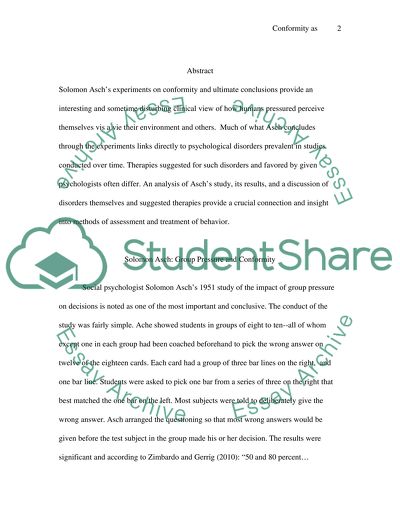Cite this document
(“Introduction to Psychology Essay Example | Topics and Well Written Essays - 1500 words - 3”, n.d.)
Retrieved from https://studentshare.org/environmental-studies/1412671-introduction-to-psychology
Retrieved from https://studentshare.org/environmental-studies/1412671-introduction-to-psychology
(Introduction to Psychology Essay Example | Topics and Well Written Essays - 1500 Words - 3)
https://studentshare.org/environmental-studies/1412671-introduction-to-psychology.
https://studentshare.org/environmental-studies/1412671-introduction-to-psychology.
“Introduction to Psychology Essay Example | Topics and Well Written Essays - 1500 Words - 3”, n.d. https://studentshare.org/environmental-studies/1412671-introduction-to-psychology.


